FOREST CONSERVATION
Pine Forest P6
Pine Forest P6
Pine forests are dense forests dominated by long-lived and hardy pines. Pine trees have been around for millions of years, making them one of the oldest tree species on our planet. Fossils show that pine trees have been on Earth for more than 140 million years, and have adapted to a wide range of environmental conditions over that time. Today, pine forests across the globe are increasingly being cleared for economic gains, leading to the widespread loss of mature, decades-old pine trees. This deforestation is causing significant harm to numerous species of pine that are both rare and protected.
You can manage or cancel your subscription at any time.
Couldn't load pickup availability
About the forest
About the forest
Coordinates - 55°35'44.88"N, 25°3'54.66"E
Age of trees - 63 y
Total area - 5.5 ha
Min. rent area - 1.1 ha
Distribution of Trees by Sections:
100% - Pines
Habitat
Soil moisture - Normal
Soil Fertility - Very fertile
Soil Type - Loamy
Topography - Sloped
View on the map
About pine trees
About pine trees
Pine forests are dense forests dominated by long-lived and hardy pines. These trees, with their straight trunks and dense crowns of needles, create a distinctive microclimate under which a variety of vegetation can grow. Pine forests are important havens for biodiversity and are home to many species of birds, beasts and insects.
Pine forests are important ecosystems that play a key role in the natural and cultural heritage of many countries. Pure pine forests are quite common, but pine trees also grow together with other trees such as spruce, birch and aspen.
These forests are widespread in a wide range of climates and geographic regions, including North America, Europe and parts of Asia. Old-growth pine forests, especially in Europe, are valued for their historical and ecological importance.
Our commitments
Our commitments
1. We put up a sign with the contact details of the person who protects the forest
One of our first steps is to make sure that every forest we are committed to protecting has a guardian. We will place information boards at the entrance to the forest with the contact details of this person. This will not only raise awareness among visitors, but also encourage the local community to get involved in protecting the forest.
2. No economic activity will be carried out in this forest that would harm the ecosystem
Our main commitment is to protect the forest from any economic activity that could harm its ecosystem. This means that no logging, agricultural development or other activities that could disturb the normal life of the forest will be allowed. We aim to preserve the natural beauty and ecological balance of the forest by providing a safe and stable habitat for plants and animals. The forest will be used for educational and recreational purposes only, which will not disturb the natural environment. This will ensure that the forest will be able to thrive both now and in the future.
3. Twice-yearly reports on the state of the forest
To ensure transparency and accountability, we commit to producing detailed reports twice a year describing the state and evolution of the forest. These reports will be publicly available and will provide information on the conservation actions carried out, the problems observed and the solutions proposed. This will not only help to monitor changes in the flora and fauna of the forest, but also to raise public awareness of the importance of forests, encouraging them to play a more active role in their conservation. Regular reporting will allow us to respond in time to any challenges that arise and ensure that the forest grows healthy and vibrant.
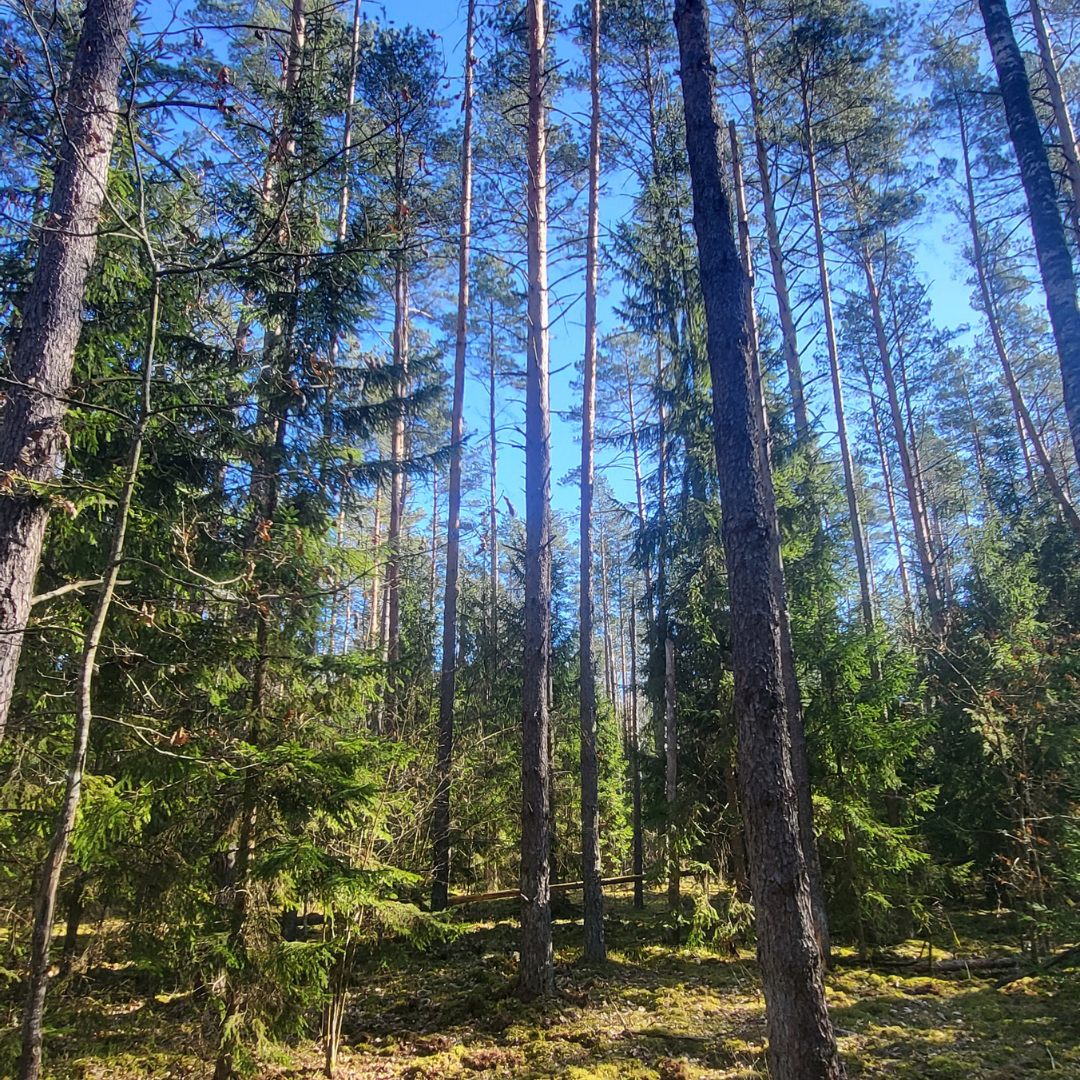
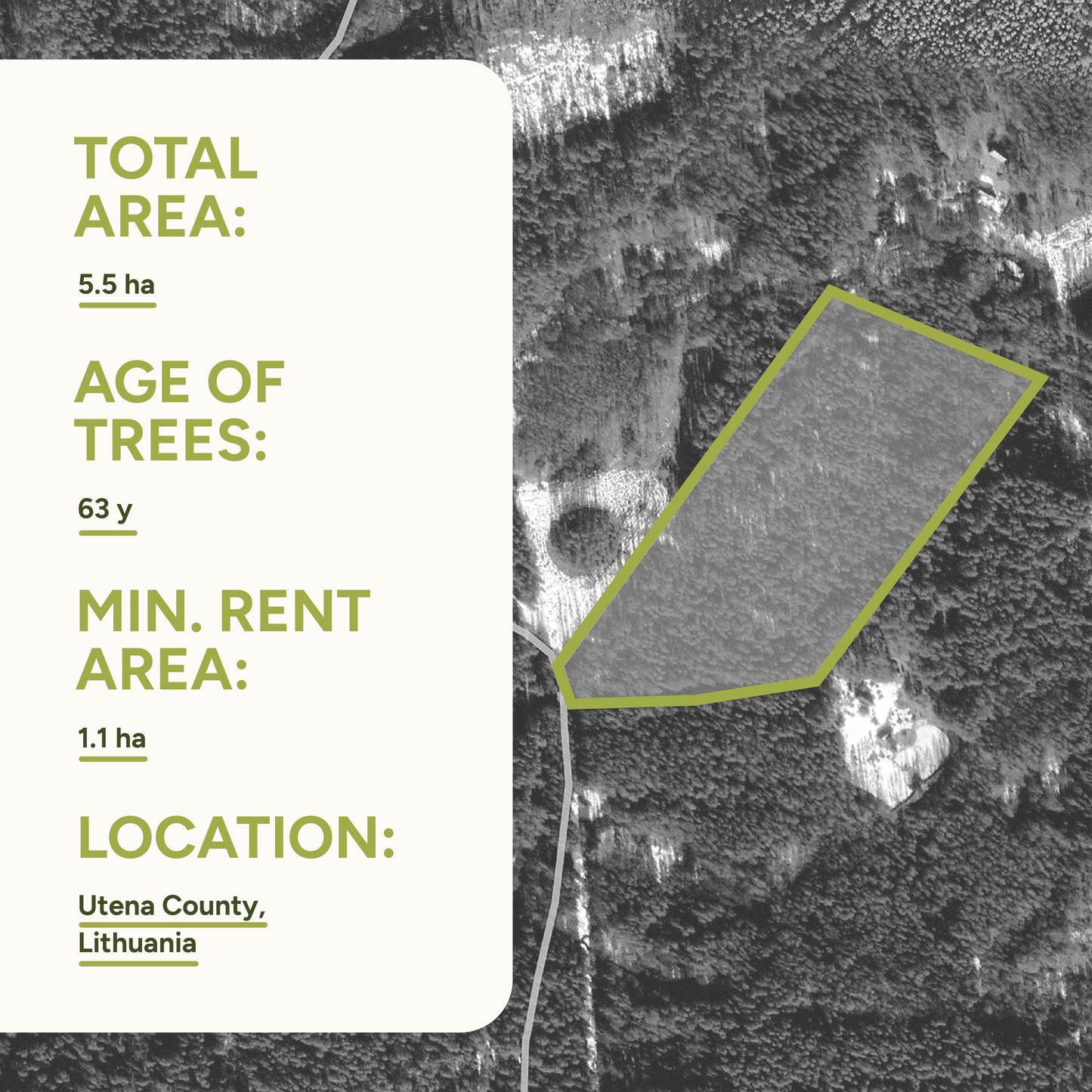
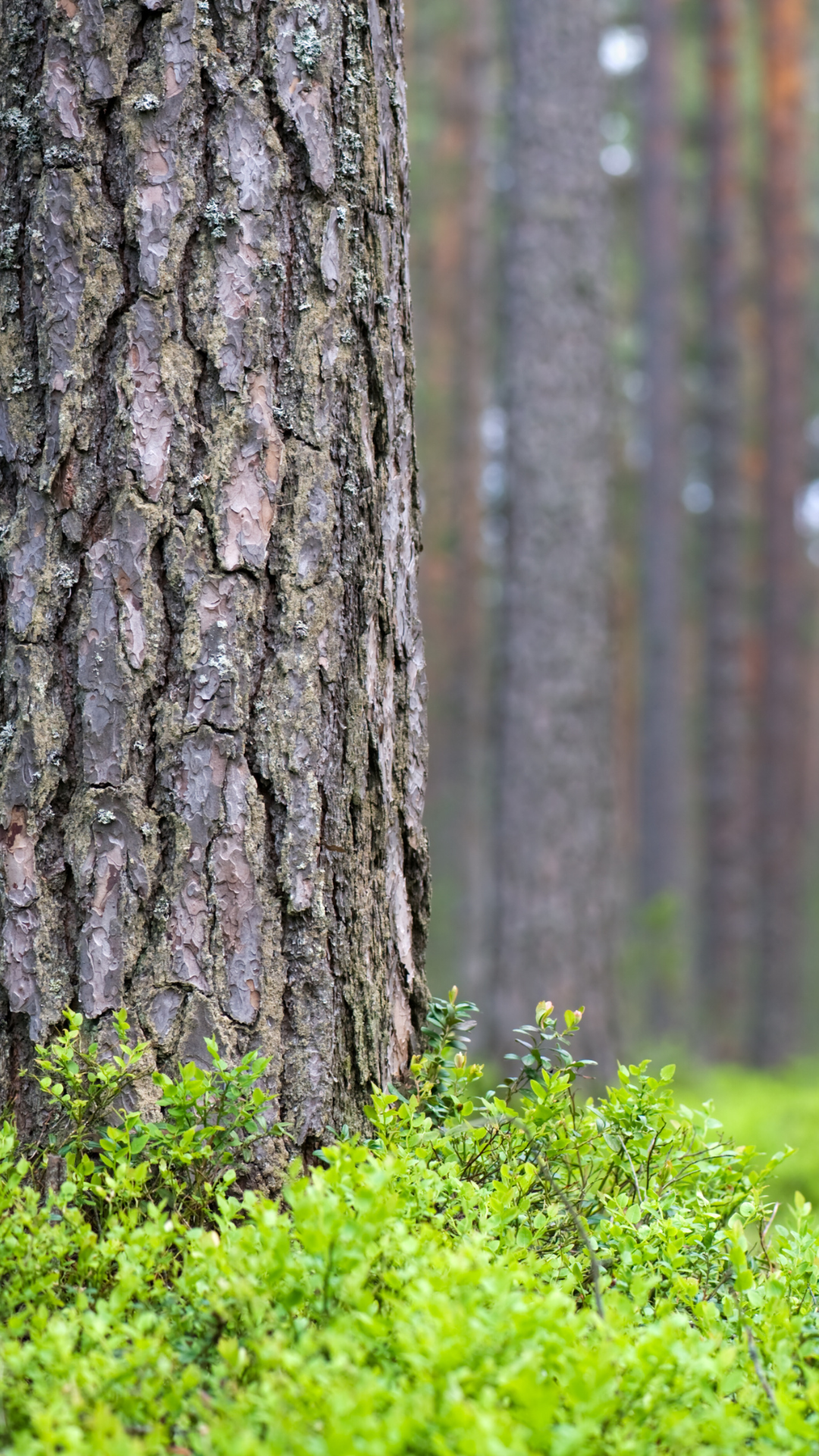
Why is this important?
Stopping the rampant deforestation of pine forests is crucial in combating climate change. Pine trees play a significant role in carbon sequestration, absorbing large amounts of CO2 from the atmosphere. When these forests are cleared, not only is this vital carbon-absorbing capacity lost, but the stored carbon is also released back into the atmosphere, exacerbating global warming. Protecting pine forests helps maintain the delicate balance of our planet’s climate.
In addition to their role in climate regulation, pine forests are vital habitats for a diverse range of plants and animals. Many species of birds, mammals, and insects depend on these forests for food, shelter, and breeding grounds. Deforestation threatens the survival of these species, leading to a loss of biodiversity. Preserving pine forests is essential for maintaining healthy ecosystems and protecting the unique species that inhabit them.
Save
Impacts on deforestation
Intensive pine logging is a serious problem because pine forests, while faster than some deciduous species, also require certain conditions to recover. Pines grow faster than oaks, but recovery can still be a long and difficult process. Damaged pine forests often do not return to their original state due to soil changes and ecosystem imbalances.
Impact on CO2 change
Pine trees are efficient carbon sinks, absorbing CO2 from the atmosphere through photosynthesis and building up carbon stocks in their wood and soil. Pine trees absorb CO2 and convert it into organic matter. This process helps to reduce the concentration of greenhouse gasses in the atmosphere and reduce the effects of climate change.
Impact on biodiversity
Pine forests are specific habitats that provide habitat for a variety of plant and animal species. These ecosystems are essential for biodiversity as they maintain unique ecological relationships and contribute to forest health. However, the clearing of pine forests poses a serious threat to the inhabitants of these forests by causing loss of natural habitats and reducing species richness.
Impact on the water cycle
Pine trees do have a specific effect on the water cycle. They absorb water less efficiently than deciduous trees, but their needles allow rainwater to infiltrate the soil, reducing surface runoff. Pine forests also provide more moisture to the soil due to their lower foliage density, which is important in drier regions. Pine trees also contribute to groundwater recharge as less water evaporates through their leaves compared to deciduous trees.
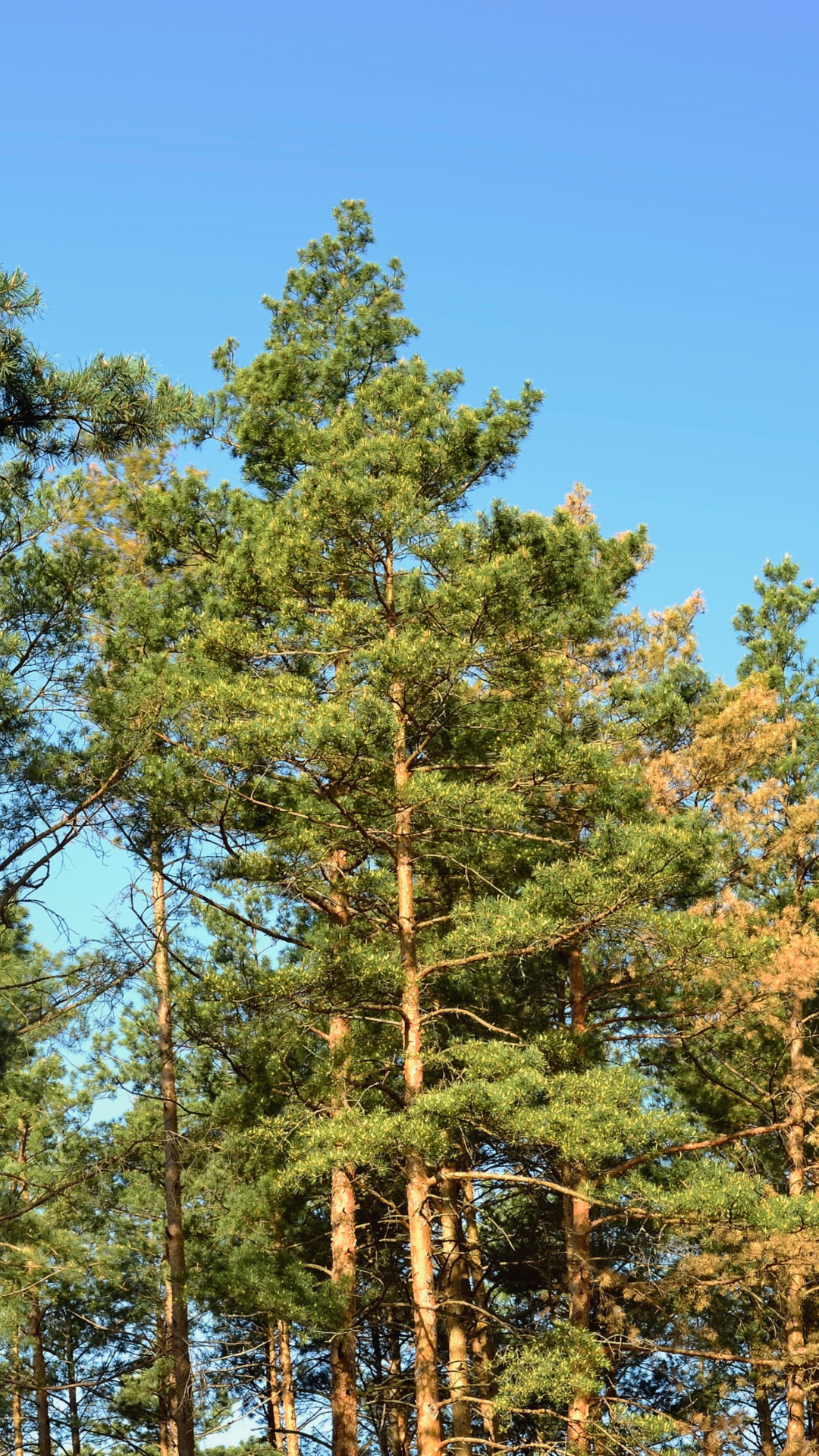
How it works?
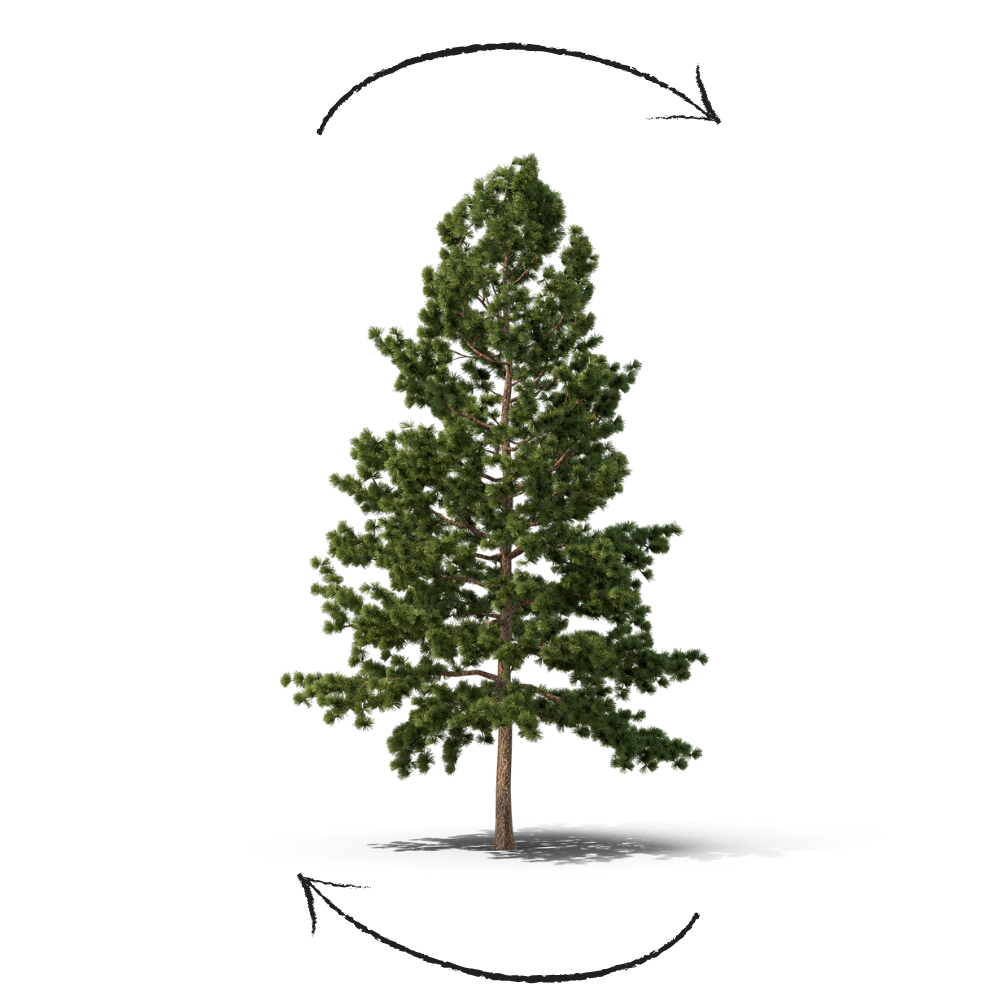
Forest selection
Choose a forest area that you want to protect from logging.
Accommodation
You have the opportunity to visit and stay in your forest at any time.
Reports
Every 6 months, you receive detailed reports describing the condition and development of the forest.
Rental period
Monthly subscription model. You can cancel your subscription at any time.
Documents
You receive official documents confirming that you are the tenant of this forest.
Name plate
A sign with your name is placed in the forest, encouraging others to act responsibly.
Forest selection
Choose a forest area that you want to protect from logging.
Accommodation
You have the opportunity to visit and stay in your forest at any time.
Reports
Every 6 months, you receive detailed reports describing the condition and development of the forest.

Rental period
Monthly subscription model. You can cancel your subscription at any time.
Documents
You receive official documents confirming that you are the tenant of this forest.
Name plate
A sign with your name is placed in the forest, encouraging others to act responsibly.
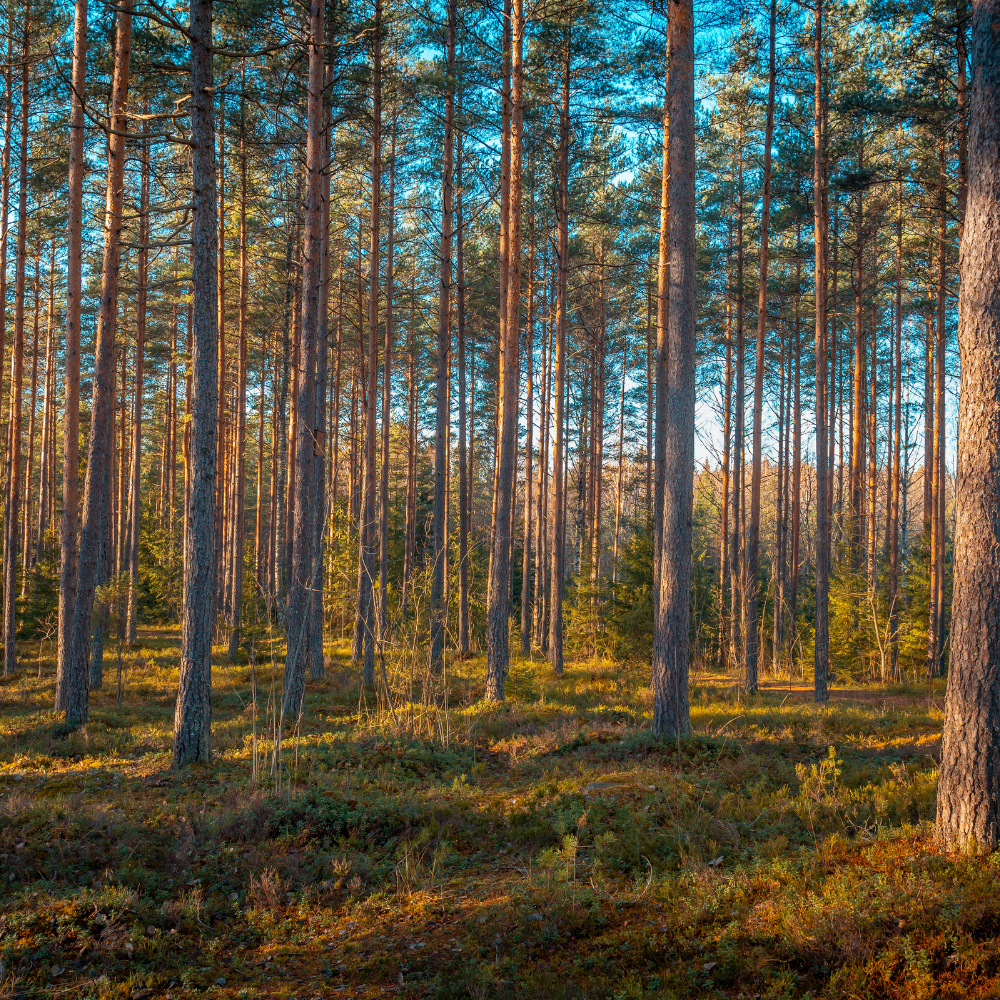
Pine forests make up around 40% of Lithuania's forest area, making them one of the country's most important forest species. Pine trees often grow together with other tree species such as spruce, birch and oak. Pine felling in Lithuania has increased significantly in recent decades.
Pine forests are important not only for the flora and fauna of the forest but also for the climate. One hectare of mature pine forests can absorb around 10 tonnes of carbon dioxide each year, making a significant contribution to reducing the greenhouse effect. Moreover, as long-lived trees, pine trees release large quantities of oxygen, thus improving air quality.
Over the last 10 years, pine deforestation in Lithuania has increased for various reasons. Pine trees are intensively felled for furniture production, construction, interior decoration and other uses. There is also rapid deforestation in the context of urban infrastructure expansion and commercial activities. The area of pine forests continues to decline and the rate of replanting is not keeping pace with the scale of deforestation.








